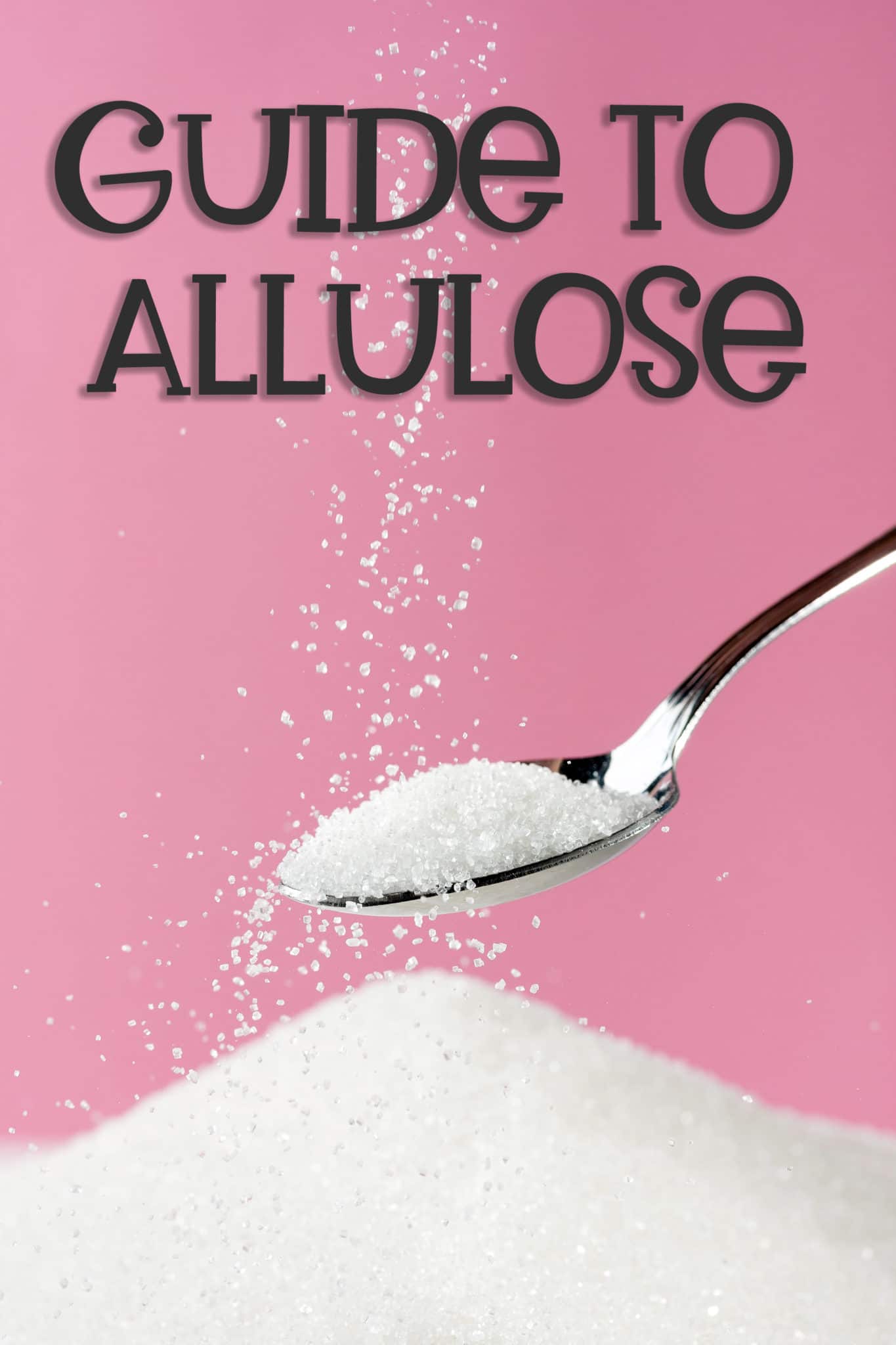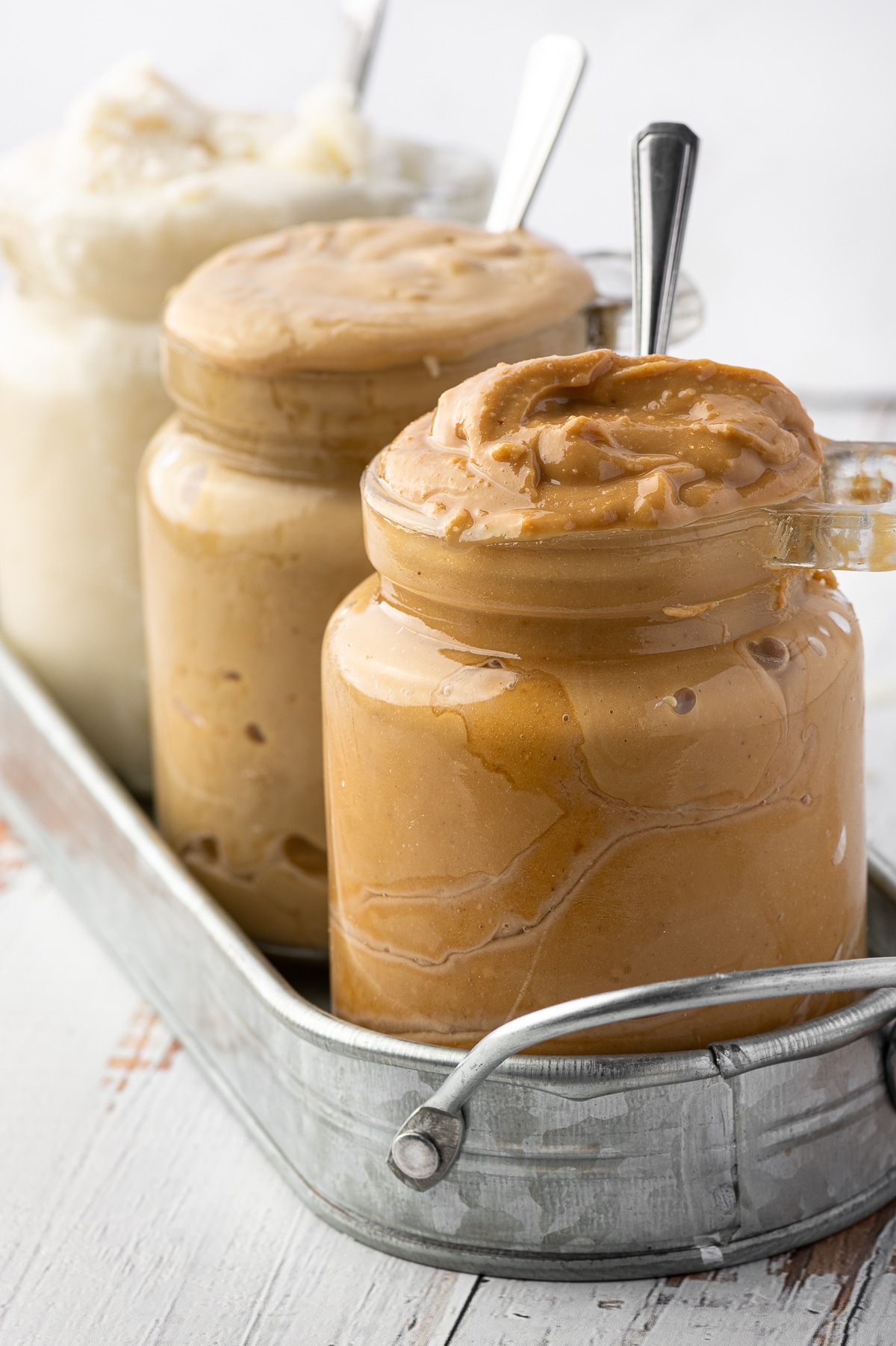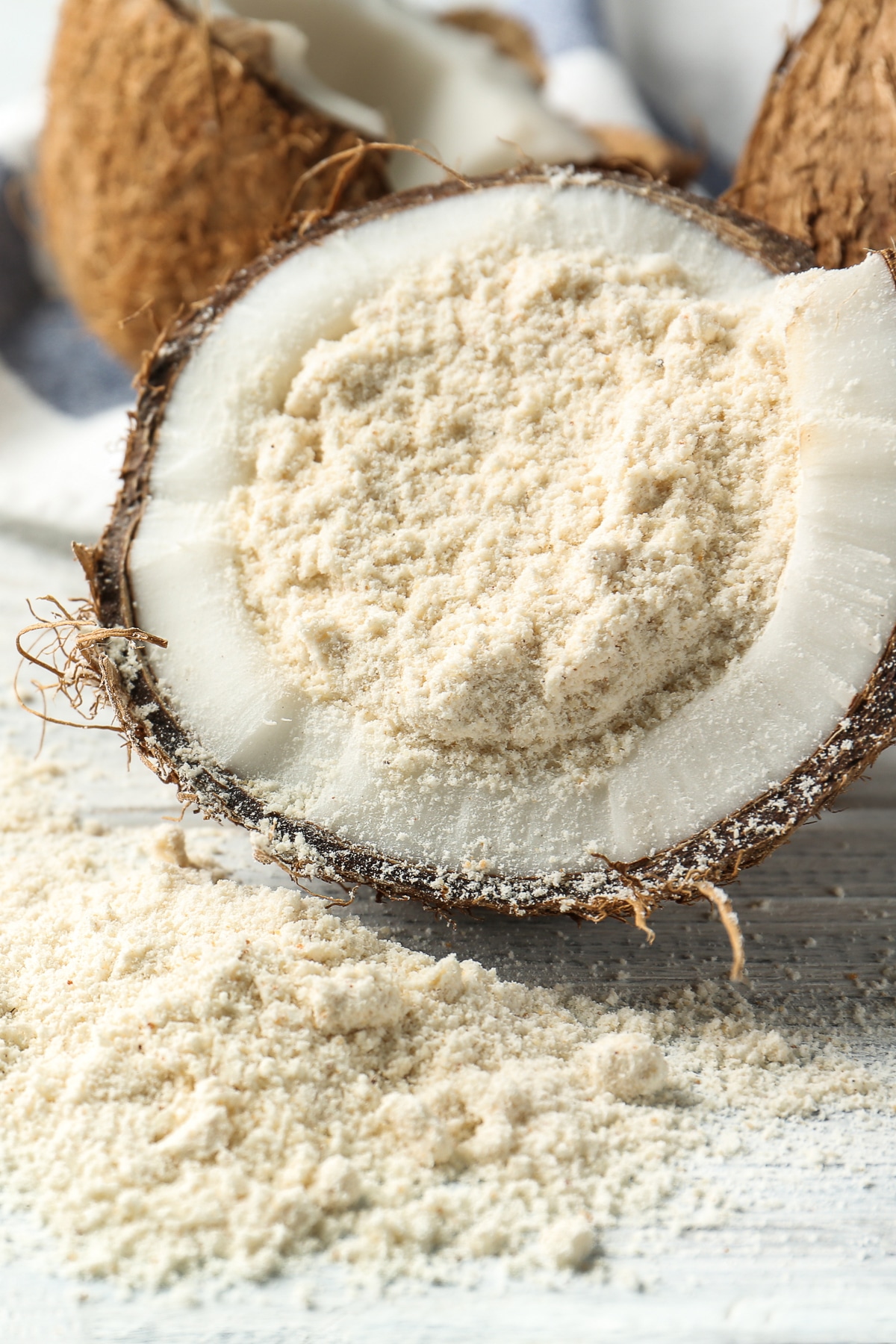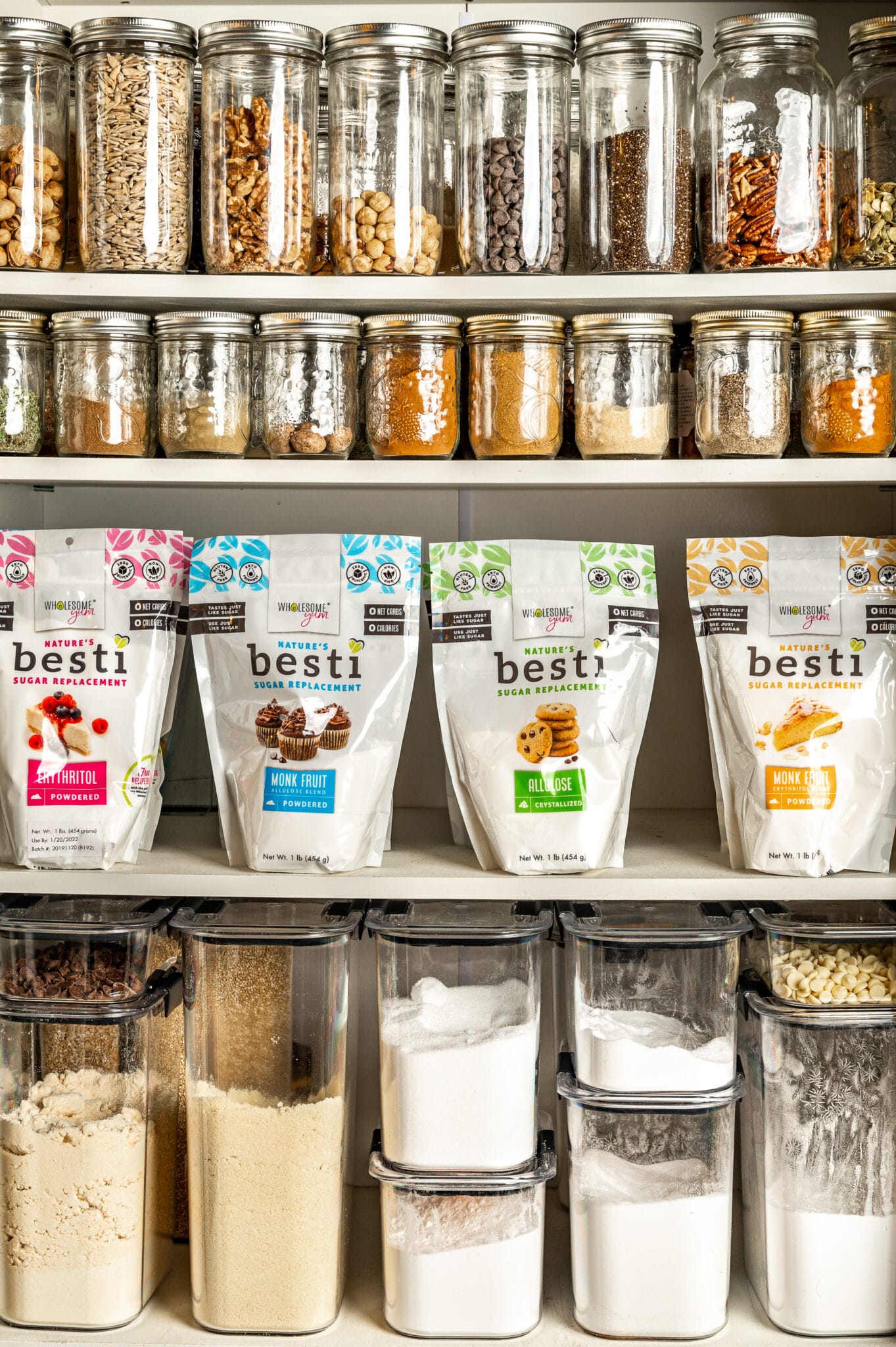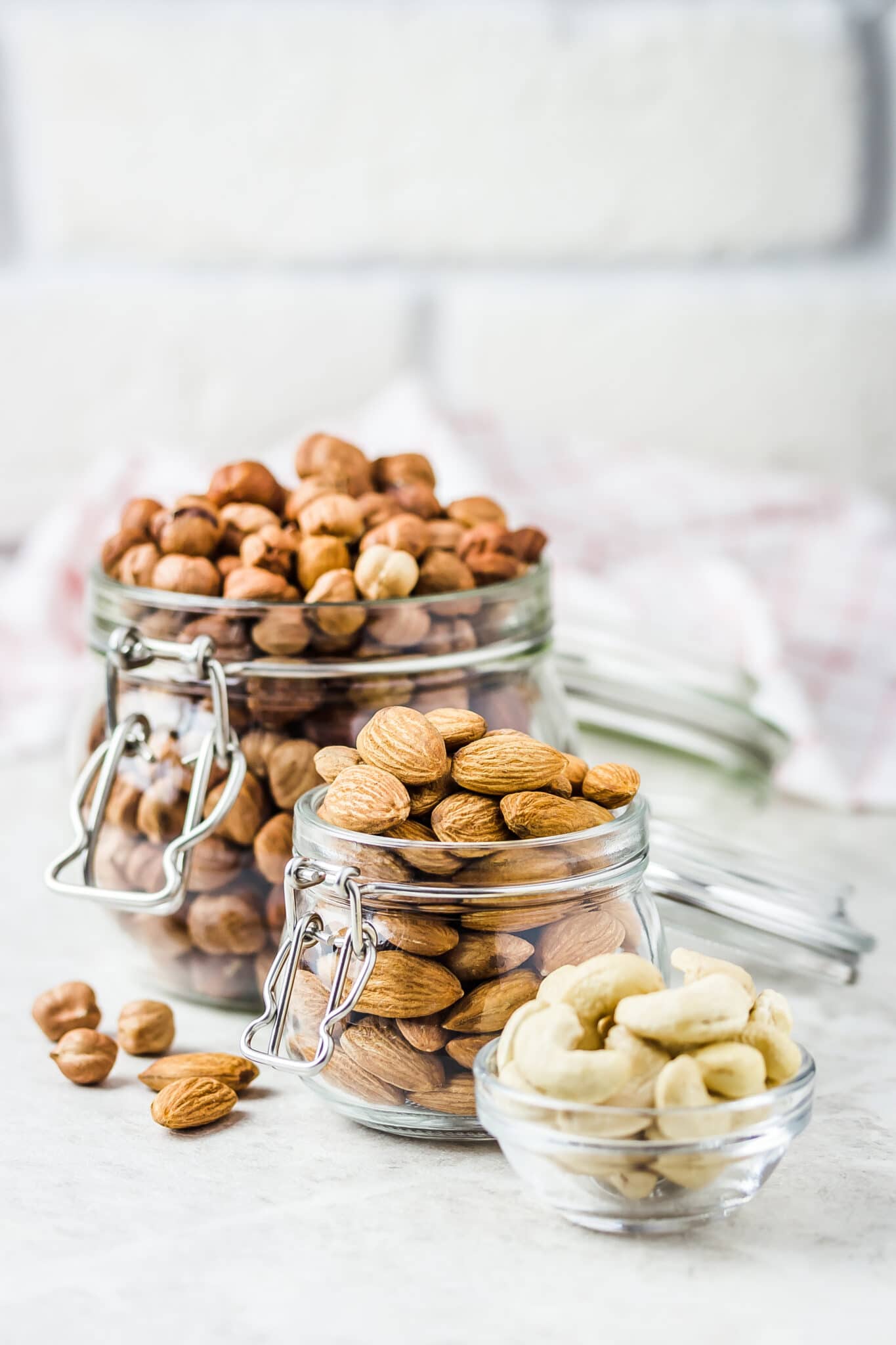How To Bake With Almond Flour {Tips That Will Transform Your Baking}
Eating and baking low-carb desserts can be so easy when you bake with almond flour. Follow these baking tips and you’ll make amazing recipes that never fail!
Chances are if you search for low-carb treats, you’ll find something made with almond flour. Since it’s basically ground up almonds, it’s really high in protein, fat, and fiber, and naturally low in carbs. This also means it doesn’t have any gluten – a key ingredient in wheat that gives bread and cookies their trademark texture.
Before you start baking with almond flour, you should take a moment and read this entire guide. I’ll tell you everything that you need to know – including some tips that will help your treats stick together and have a perfect texture!
Related: For more tips on low carb and keto baking check out this guide!

How To Bake With Almond Flour
So many gluten-free and keto recipes replace regular all-purpose flour with almond flour. You can avoid some of the common pitfalls by following these tips hen using almond flour.
Thankfully, after you learn how to use it, you’ll be able to make lots of different things. With almond flour, you can make:
- Tasty low-carb biscuits
- Cookies
- Cakes
- Pancakes
- And even bread!
So, there is definitely plenty of room for variety. With that being said, here are my top 10 tips.

1. Know The Difference Between Almond Meal and Almond Flour
Before you even begin baking or cooking, make sure you are using the correct ingredient.
The only similarity between the two mentioned is that they are both made with ground-up almonds but they are both processed differently. If you use the wrong one in your recipe, you’ll end up with a gritty cookie.
If you want a cookie or bread with a fine texture, then you will want to use blanched almond flour.
Blanched almond flour is ground up finer and doesn’t have any bits of skin mixed in. There is unblanched almond flour too – that means it was ground up with the skins still on.
Almond meal, however, is ground up with the skin with the nuts, so it has a coarse texture. Think of almond meal as a substitute for gritty breadcrumbs. It’s a fantastic option if you want to give your chicken a crispy exterior.
Fun Fact: Did you know that in each 1/4 cup serving, there are only 6 grams of carbs? That’s incredible!

2. Store Almond Flour In the Refrigerator or Freezer
Even though it’s called “flour,” don’t store it in your pantry with your other types of flour. Instead, keep it somewhere cold. It is full of oils, making it prone to oxidizing and going rancid.
It will stay fresh in the refrigerator for about 6 months or in the freezer for up to a year.
How can you tell if your almond flour is still good? Open the bag and smell it. Rancid almond flour has a bad odor and a bitter taste.
3. Follow Recipes Exactly
Before you start trying to make up your own recipes, follow a few already-tested recipes first. Due to its high fat and oil content, almond flour can’t always replace flour 1:1. This is because something that is supposed to be more dense – like these gluten-free blueberry cheesecake bars – will require a different amount of flour from something lighter – like this spiced pumpkin bread and homemade biscuits.
When you bake with almond flour, you need to consider these three things:
- Texture
- Density
- Moisture content
All of these factors affect how your recipe will turn out.

4. Almond Flour is Often Thicker Than Wheat
A major tip I have for you is to know that anything you make with almond flour is going to come out with a thicker consistency than wheat flour. If you are trying to remake a recipe that has wheat flour, expect a thicker end result.
But, don’t try to thin it down with liquids either. That will just make it a huge soggy mess.
Some of the recipes on this site, like our popular low carb birthday cake recipe have thick batters. They will not pour and you will be required to spread the batter out. Yet the recipe turns out a perfectly baked cake.
5. You Cannot Sub Almond Flour For Coconut Flour 1:1
If you try to swap the exact amount of coconut flour with almond flour, you will probably end up with some very similar to a hard, heavy, brick. This is because coconut flour soaks up way more moisture than almond flour, so it requires more of it and more oils too.
You want to use way less coconut flour than almond flour in recipes.
We have a baking guide for working with coconut flour as well.
6. Don’t Pack When You Measure Almond Flour
When you measure almond flour, don’t pack it in your measuring cup as tight as you can. Instead, just scoop it up and use a knife to level it off.
This will prevent you from using too much almond flour and making the final product too dense.
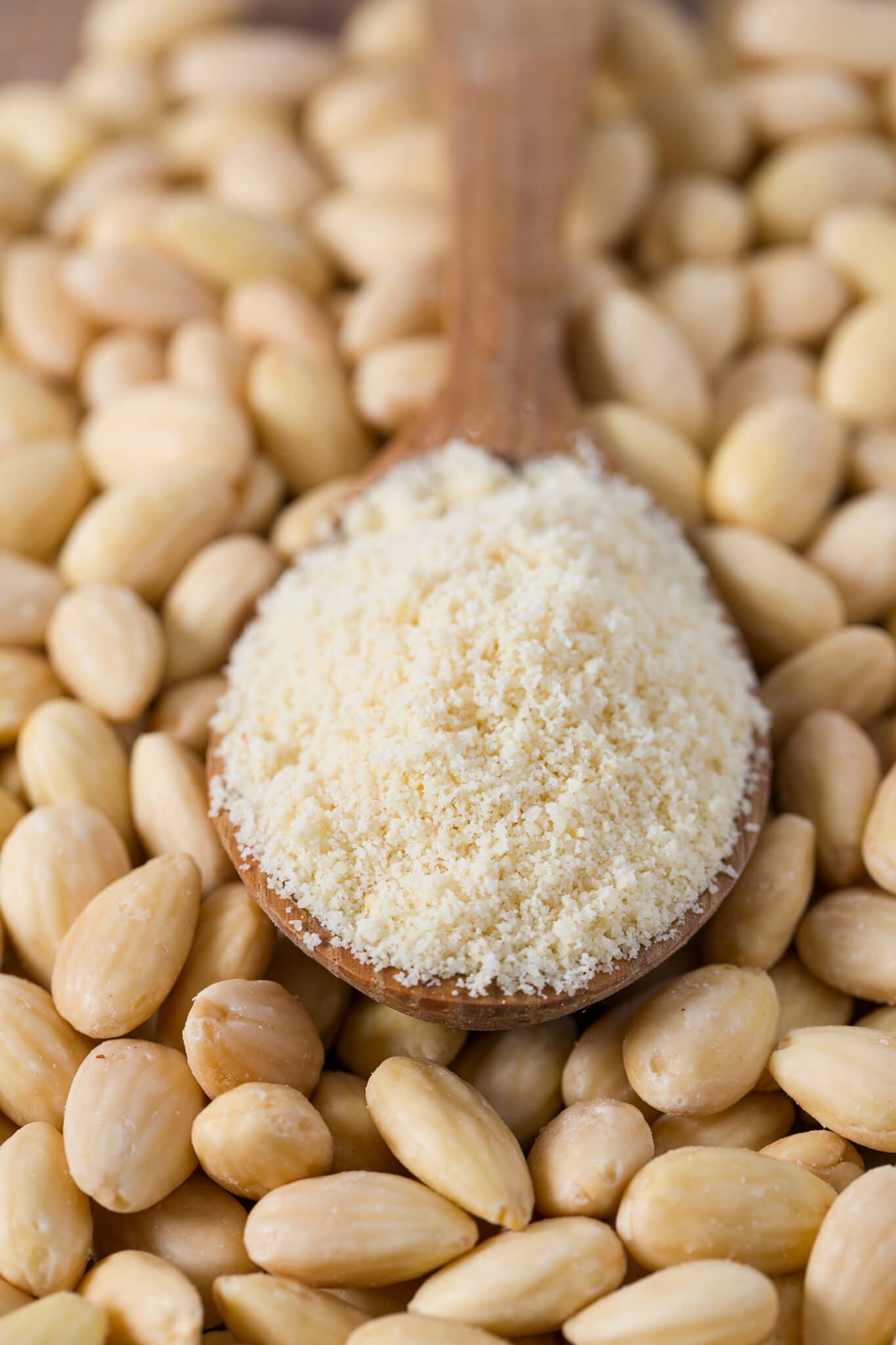
7. The Trick To Baking Bread With Almond Flour
Some recipes that only call for almond flour create a bread that turns out denser, like a cake. It also comes out moist – not exactly something you can place in the toaster or use to make a sandwich.
The trick is to use both almond and coconut flour.
Don’t add more wet ingredients like oil or eggs. The coconut flour will soak up the wet ingredients and make it drier and hold together better – which is what you want.
8. Use Protein Powder, Xanthan gum, or Psyllium husk powder as a binder
Protein powder, xanthan gum, and psyllium husks give structure and adhesion within gluten-free recipes that use almond flour. It works just like gluten does in wheat-flour baking.
These ingredients help your recipes rise and maintain their shape.
When a recipe calls for one of these ingredients, it is usually not optional. In the absence of gluten, we need to add a binder to hold everything together.
We created a guide for Xanthan gum and possible substitutes that you can use to add this binder back into your gluten-free low carb baking.
9. Keep An Eye On Your Baked Foods
Anything you bake with almond flour will brown and cook faster than all-purpose flour so, keep an eye on it so it doesn’t burn. This also means you should follow recipes closely in regard to cooking temperatures too.
Often, when people convert recipes that use wheat flour and use almond instead, they will also decrease the cooking temperature by 25 degrees.
I used high end, heavy commercial grade pans for my low carb baking to prevent over browning, but you can do the same thing by wrapping the bottom and sides of your pans with a layer of tinfoil.
Our number one FAQ is all about tools for low carb baking and we created a guide for that too. The guide also includes the pans I recommend.
10. Cool Almond Flour Baked Goods Completely First
After your baked good comes out of the oven, let it cool completely before you touch it. This is an extremely important tip!
Letting your desserts cool down is just as important as letting them bake. As they’ve cooled, the baked goods will set and firm up.
If you pick them up too soon, they will still be too soft and could just fall apart. You can’t fix this by baking them longer because you could burn them if you do.
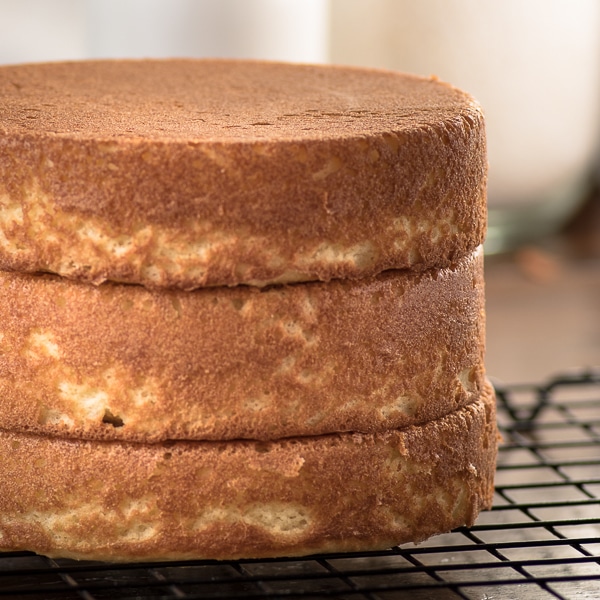
Bake With Almond Flour: My Favorite Recipes
There you have it! I hope these ten tips give you all the information you need so you can master how to bake with almond flour. If this is your first time, start out following established recipes before trying to create your own.
There is a lot of trial and error involved in making recipes with it, but when you master it, it can be a wonderful way to make some low-carb treats!
Here are some of my go-to baking recipes that contain almonds:
- Low Carb Short Cakes With Raspberry and Almond Cream
- Keto Blueberry Bread With Lemon Drizzle
- Gluten-Free Thumbprint Cookies With Raspberries and Pistachios
- Salted Caramel Keto Cupcakes (Gluten-Free + Low Carb)
- Keto-Friendly Lemon Cheesecake With Lemon Curd Topping
We also have a section on the site where we’ve created guides for our most frequently asked questions from sweeteners to flours, baking tools, etc. If you have a suggestion for that section of the site, please feel free to leave a comment or send me an email.



